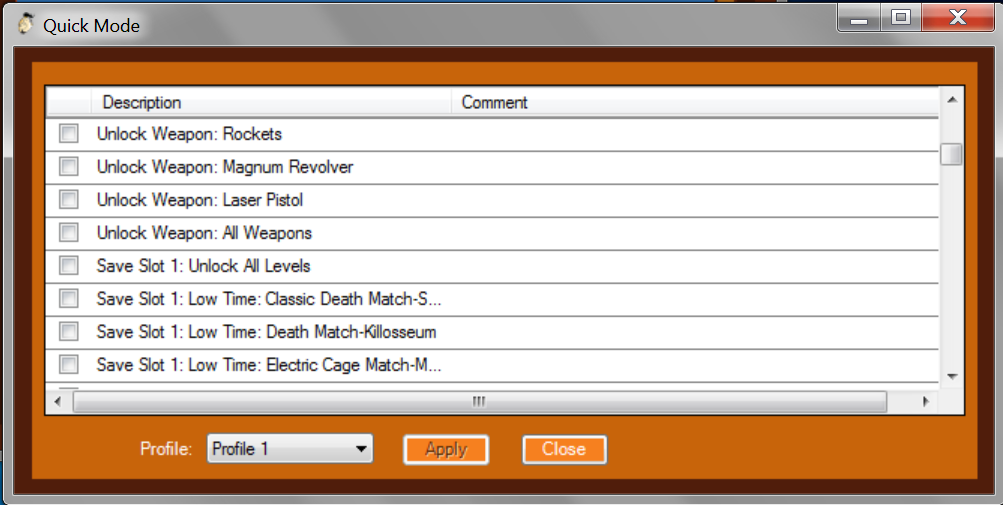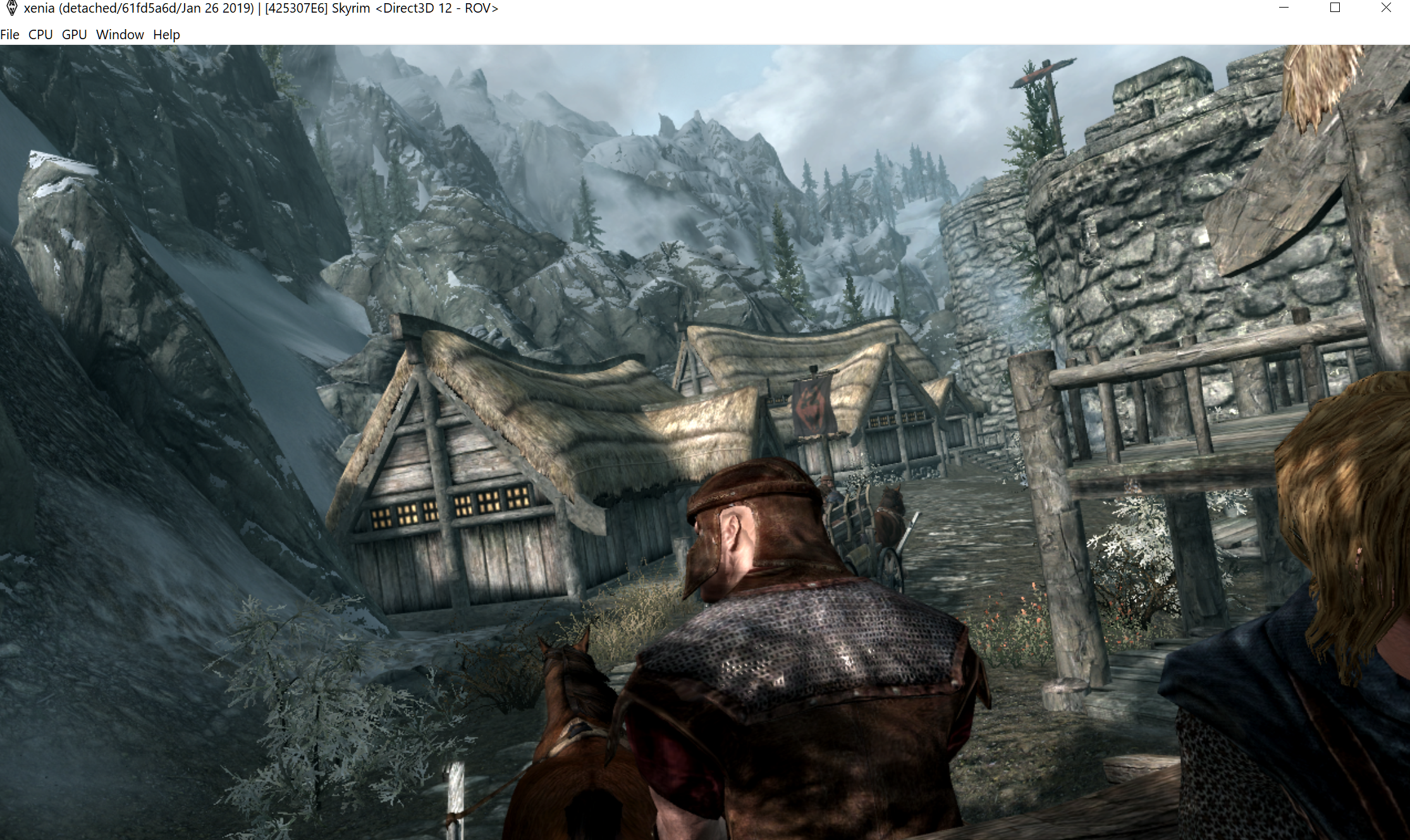

Notification ( "Hello, World!" ) EndEvent Compiling The Script Documentation comments are surrounded by curly braces - Event OnInit ( ) Debug.

Most commonly, your scripts will extend one of these object types:Īfter this first line, it's often a good idea to add a documentation comment. This script is going to run on a quest, so after its ScriptName declaration comes "extends Quest". The type you use here should be the type of object on which this script should run. After that, you'll almost always have an extra bit that says "extends ". Typically, a ScriptName declaration looks something like this: ScriptName MyFirstScriptĪt a minimum, that first line always starts with "ScriptName", followed by the name of the script you're writing. This name will have to be the same as the filename, when the script is saved. The first part of the first line of any Papyrus script is a ScriptName declaration, which specifies the name that the Creation Kit uses to recognise the script. My setup highlights my scripts like on the wiki, has function autocompletion, and allows me to compile my scripts with a simple keyboard shortcut.
#How to use skyrim save game editor how to#
Take a look at the Creation Kit wiki's list of text editors for instructions on how to set them up as a Papyrus development environment. While the Creation Kit does have an internal text editor that you can use, it's lacking in a lot of good features. Getting Set Upīefore you write any code, you'll want to get a development environment set up. It will briefly go over a few important aspects of Papyrus, and setting up a script to be used by a data file in the Creation Kit.

In this section of the tutorial, we are going to create a plugin file that uses a Papyrus script to print the text "Hello, World!" to the screen. Almost everything you learn here should be applicable within them, though.

It's also worth mentioning that, while they are used commonly in the creation of quests and such, Papyrus fragments are not covered in this tutorial. In the meantime, if you run into "function not defined" errors and don't know why, take a look at my " Accessing External Functions and Properties in Papyrus" tutorial, which was written to help with exactly that. If you expect to do more than very simple scripting, or if you're interested in the technical details of papyrus, then keep a look out for this upcoming tutorial. More complex features, such as states and loops, will be discussed in a later tutorial, in which I will go into more technical detail. Not every aspect of Papyrus is covered in this tutorial, but if you expect only to have to write simple scripts and you aren't interested in the technical side of things, then it should be enough to get you going. After that, I will talk about some of Papyrus' more useful features. The first section of this tutorial is a "My First Script" tutorial, in which you will write a simple script in order to familiarise yourself with the process. This tutorial is aimed at people with little or no prior programming experience, and is an introduction to Papyrus that shows you how to use its simpler features without going too in-depth or getting too technical. In order to define this behaviour, you will need to use Skyrim's scripting language, Papyrus. When modding Skyrim, you will likely find yourself needing to define behaviour that cannot be set up with the Creation Kit, like removing a key from the player when they open a door, or killing a character when a lever is pulled. 27 th February 2012 Papyrus for Beginners Introduction


 0 kommentar(er)
0 kommentar(er)
